For #RemembranceSunday, a pictorial thread about the Sheehan brothers, three young men from Fermoy, #Cork who lost their lives in separate bombing missions while serving with @RCAF_ARC who were remembered yesterday @CWGC's Heverlee War Cemetery, Belgium by @irishineurope. 1/18 

The brother's parents, James Joseph Sheehan & Mary Ellen Hearne, had married in #Carlow around 1905, but made their home in Fermoy, where James was a baker and confectioner on Queen Square (now Pearse Square), seen here. Image: NLI. 2/18 

The couple had eight children in Fermoy–seven boys and a girl–including Harry, Frank and Edward. All the children were baptised in St. Patrick's Roman Catholic Church in the town. Image: John Armagh. 3/18 

The couple left #Cork for #Canada in the 1920s, making #Vancouver their new home. James led the way with their eldest son, with Mary Ellen and the remainder of the children-including Edward (9), Frank (7) and Harry (4)– following on the SS Melita in 1926. Image: Europeana 4/18 
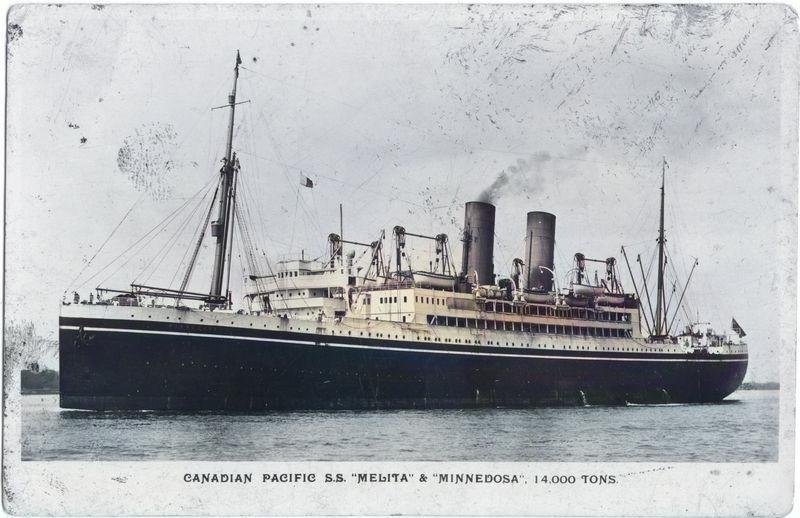
James opened a store in Vancouver, and educated the children in local Catholic schools. When war came, most of them looked to do their bit for their adopted home. Edward, Frank and Harry all set their sights on the skies. Here's Frank's school reference for military service: 5/18 
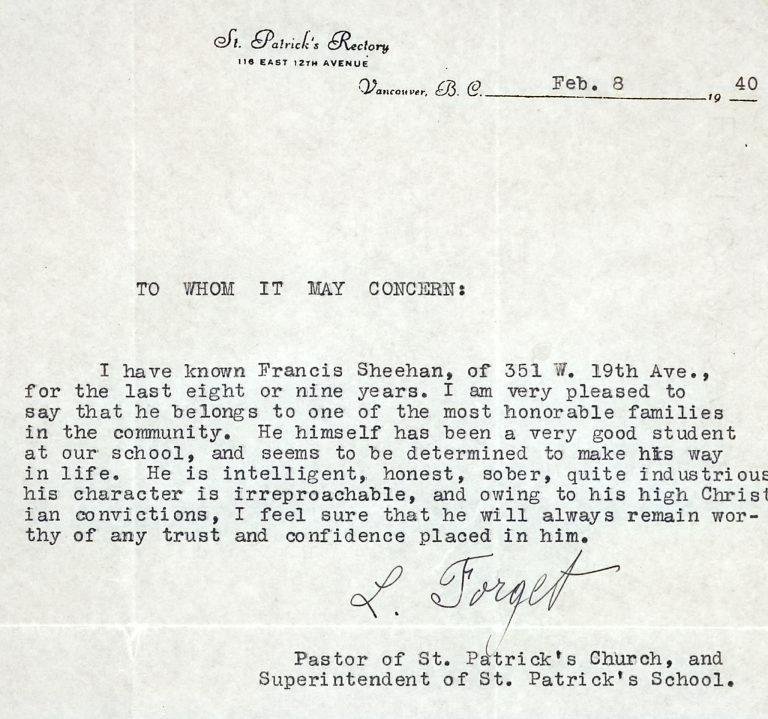
The three brothers had seen service in the Special Reserve and Militia before the Royal Canadian Air Force. Then, in 1941, their mother Mary Ellen passed away. Not long afterwards, Harry, the youngest of the three, was the first to deploy to England, arriving in mid 1942. 6/18 

Harry was a Wireless Operator & Air Gunner in 57 Squadron flying out of RAF Scampton, Lincolnshire. On 12 May 1943 he and his crewmates of Lancaster Mark I ED778 were sent on a mission over Duisburg, Germany. Here is a 57 Squadron Wireless Operator in 1943. Image: IWM 7/18 
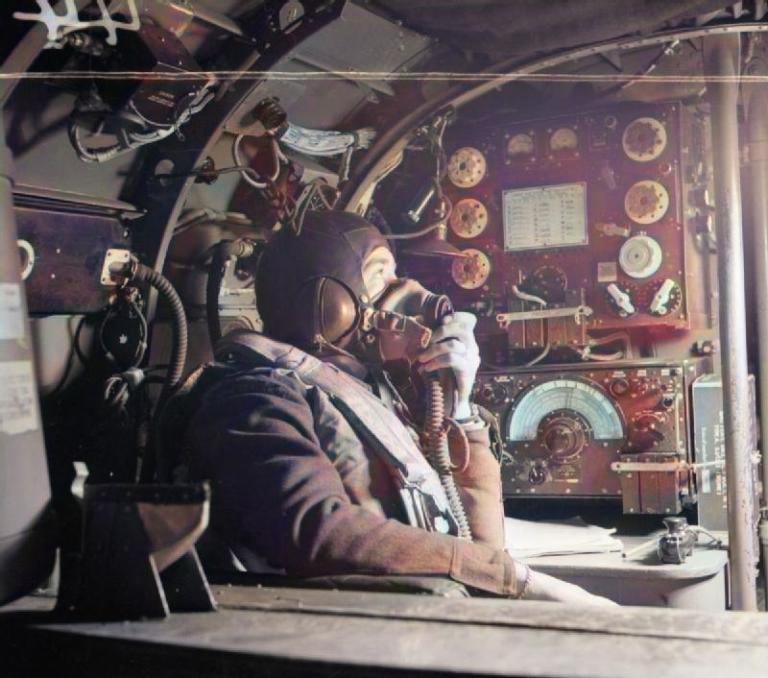
Having hit their target, Harry and his comrades were returning to Scampton when they were jumped by a Luftwaffe Nightfighter and shot down near Netterden, The Netherlands. Harry was killed, aged just 24. He is buried here, in Gendringen Roman Catholic Cemetery. Image: CWGC 8/18 

Frank had arrived in England in November 1942, and like Harry was deployed to Lancasters. He was an Air Gunner on a Lancaster III, JA856, which flew out of RAF Binbrook, Lincolnshire as part of 460 Squadron– close to where his brother Harry was deployed. 9/18 

This is Frank's Lancaster, JA856. Most of his squadron were members of the RAAF. The ice-creams represent missions over Italy, Stars with "B" those to Berlin, Beer with "M" Munich, and kangaroos for others. Image: Australian War Memorial. 10/18 
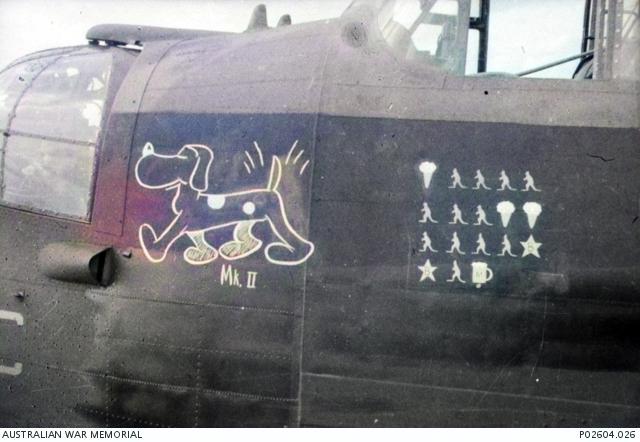
On 2 October 1943 Frank and his crew were on an operation over Munich when they came down near Oberhaching, Germany. 26-year-old Frank was one of those killed. He is buried here, in Durnbach War Cemetery, Germany. Image: CWGC. 11/18 

Edward, the eldest of the three, was the last to deploy, arriving in England in June 1943. He found love there, marrying Mary Webb in Uxbridge that October. The couple were well aware of the times they were living in– it had been less than a month since Frank's death. 12/18 

More tragic news came, this time from Canada. In January 1944 The brother's father James, who had been suffering from a long illness–and no doubt heartbroken at the loss of two of his sons–died. Meanwhile Edward was assigned here, to RAF Snaith in Yorkshire. Image: IWM. 13/18 

Edward was Bomb Aimer on Halifax LV783, piloted by fellow Irishman Patrick Keenan of Frenchpark, #Roscommon. On 27 April 1944 they were sent to bomb railway yards in Montzen, Belgium. They were shot down early the next morning near Rousoux-Crenwick. Image: Marcel Rosvelds. 14/18 

Edward was 29-years-old when he died, and is interred in Heverlee War Cemetery, Belgium. Not long after his death, his wife Mary gave birth to their son, Michael John Sheehan. Image: Frank's temporary grave marker, a photo supplied to the family. 15/18 
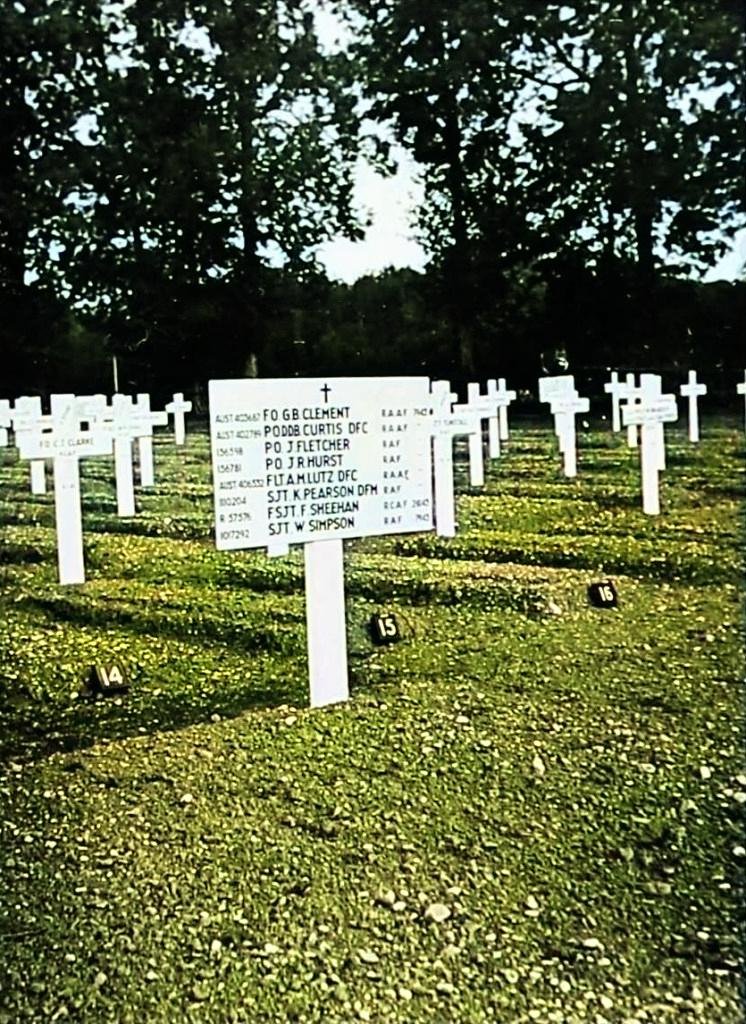
It was only when I uncovered correspondence from a fourth serving brother, referring to Harry, Edward & Frank's death, that I realised they had been related. I originally told their story here: irishamericancivilwar.com/2017/11/12/cos… 16/18
This ultimately resulted in @irishineurope holding a memorial event for the brothers at Heverlee yesterday, attended by the Deputy Mayor of Leuven and Brigadier-General Gerard Buckley, here pictured by Edward's grave. Image: Irish in Europe 17/18 
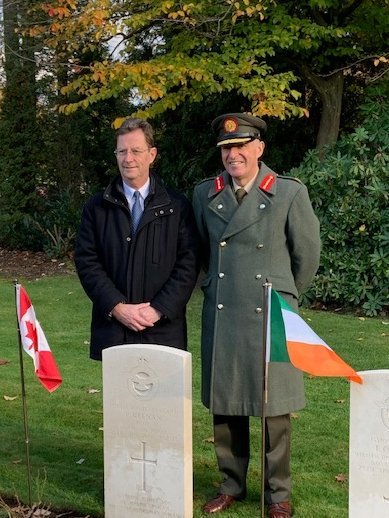
You can see further coverage of the event, and @irishineurope's future plans to mark the Sheehan story in the Vancouver Sun: vancouversun.com/news/local-new… the Irish Examiner: irishexaminer.com/breakingnews/i… and the Irish Times: irishtimes.com/news/ireland/i… 18/18
• • •
Missing some Tweet in this thread? You can try to
force a refresh














